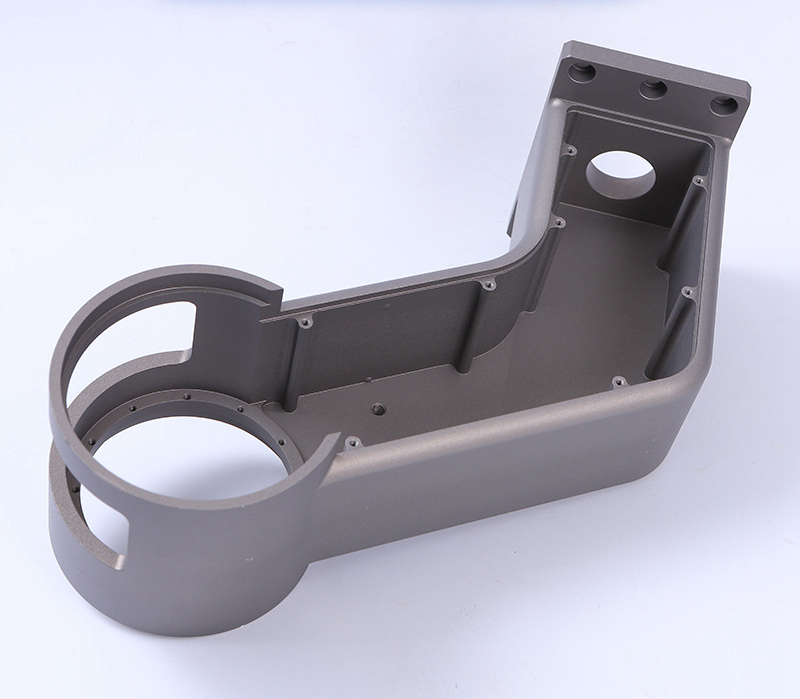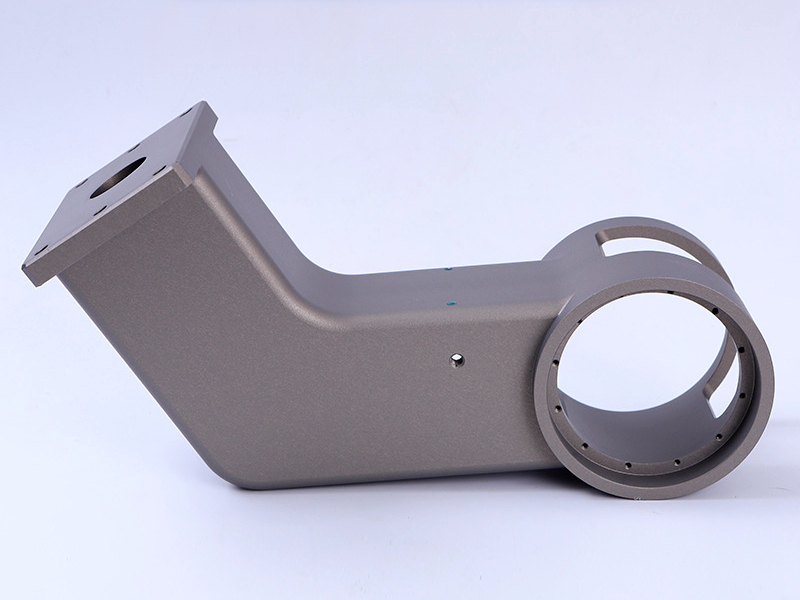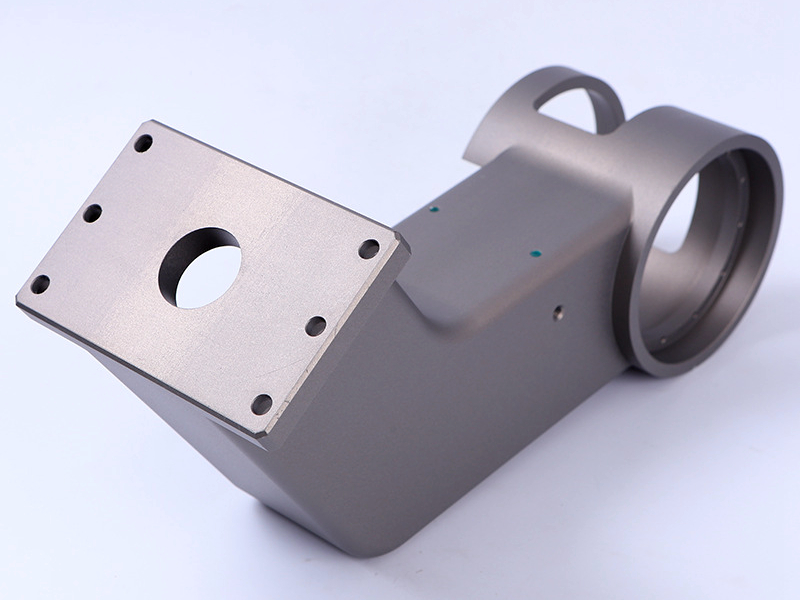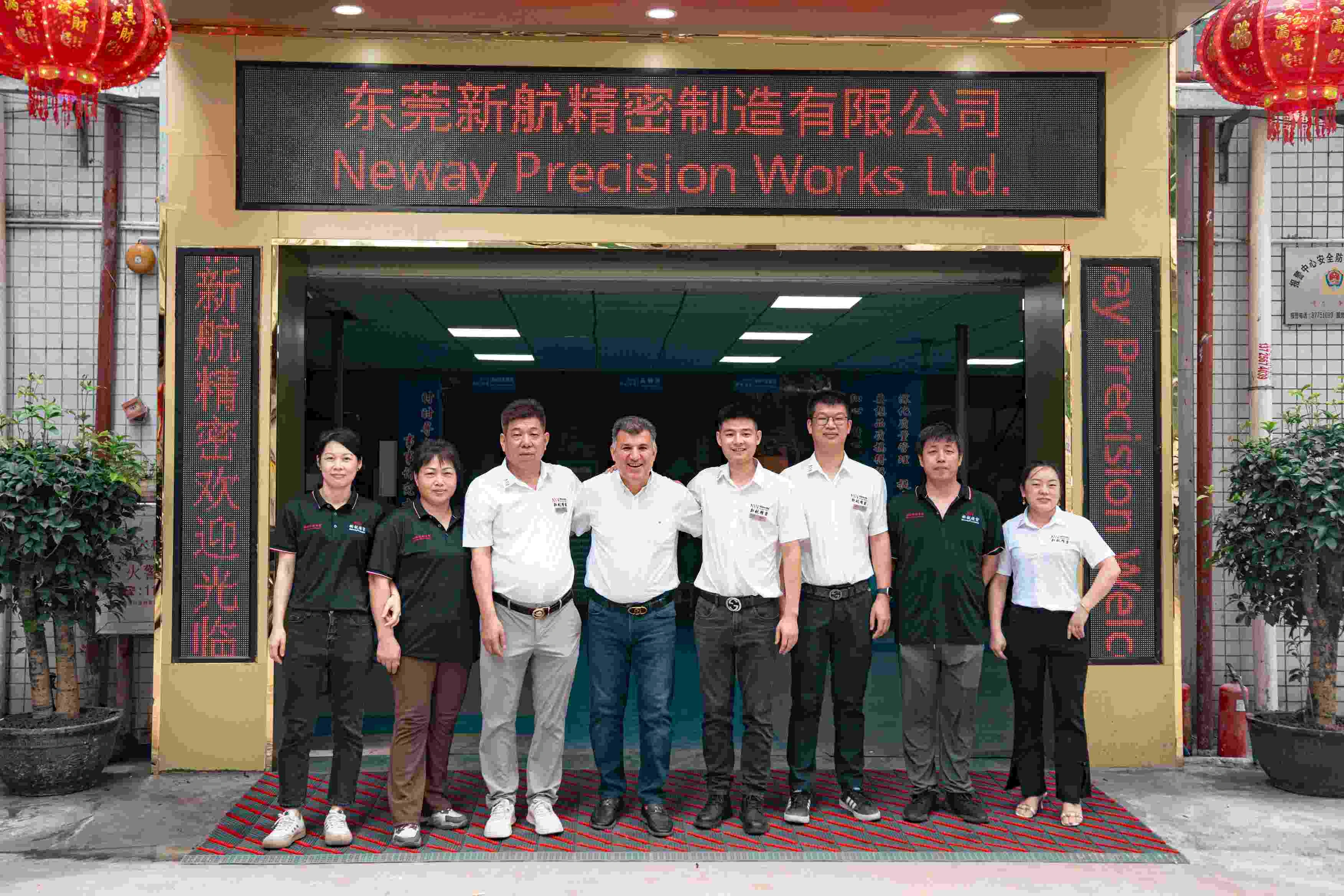Multi-Axis CNC Machining and Anodized Finishing for Aluminum 6061 Robotic Joints
CNC Machining of Robotic Joints: Lightweight Strength and Motion Accuracy for Robotics
Robotic joints require precise mechanical articulation, lightweight construction, and consistent geometric accuracy to support real-time motion control in automation, service, and industrial robotics. At Neway, we specialize in multi-axis CNC machining and precision aluminum machining of Aluminum 6061 to produce high-strength, lightweight robotic components with complex features and tight tolerances.
To meet both functional and aesthetic requirements, we apply sandblasting and anodizing surface treatments, ensuring excellent surface quality, corrosion protection, and color consistency for joint modules.

Why Aluminum 6061 Is Ideal for Robotic Joint Components
High Strength-to-Weight Ratio
Aluminum 6061 offers excellent tensile strength (~310 MPa), low density (2.7 g/cm³), and rigidity, making it a top choice for articulated robotic structures where inertia reduction and response precision are critical.
Excellent Machinability and Surface Compatibility
This alloy performs well in high-speed CNC operations and supports tight dimensional control, making it suitable for rotary housings, bearing mounts, and joint brackets. It also responds well to surface treatments like anodizing and media blasting.


Multi-Axis Precision Machining for Robotic Joints
Multi-Axis Machining for Complex Features
We use 4- and 5-axis machining centers to produce robotic joints with integrated channels, undercuts, and mating surfaces in a single clamping. Key capabilities include:
Tolerances: ±0.01 mm on critical fit zones
Angular flatness for sensor or motor mounting planes
Internal pockets and gear integration zones
Precision Machining for Dynamic Interface Surfaces
Machining accuracy ensures the joints operate with minimal backlash and maximum positional repeatability. Features include:
Precision bores for bearings and dowel fits
Ground interfaces for high-load contacts
Chamfered transitions and blended curves for aesthetic and ergonomic optimization
Surface Treatment: Sandblasting and Anodizing
Sandblasting for Texture Uniformity
Sandblasting is used before anodizing to create a matte, consistent finish that hides machining marks and prepares the surface for uniform oxide layer formation. It improves part aesthetics and adhesion of the anodized layer.
Anodizing for Corrosion Resistance and Color Coding
We apply anodizing to enhance durability and visual identity:
Type II (decorative) or Type III (hardcoat) anodizing
Colors: black, silver, red, blue (customizable)
Thickness: 10–25 µm depending on function
Electrical insulation and scratch resistance
Quality Control and Engineering Support
CMM inspection of complex geometries and assembly interfaces
Flatness, concentricity, and bore alignment verification
Anodizing thickness and adhesion testing
Certifications: COC, RoHS, REACH, full material traceability
Why Choose Neway for Robotic Joint Component Manufacturing
Expertise in Aluminum 6061 CNC machining with multi-axis process optimization
Integrated sandblasting and anodizing finishing for ready-to-assemble parts
Low-volume to full-scale production with full QA documentation
One-stop CNC manufacturing including design support, machining, and finishing
CNC Services for Robotic Joint Assembly Projects
Neway provides complete CNC manufacturing solutions for robotic joint modules, including:
Multi-Axis Machining: Complex undercut, angular, and curved features in one setup
Aluminum 6061 Precision Machining: Lightweight, dimensionally stable structural parts
Sandblasting and Anodizing Services: Durable and aesthetic surface finish for exposed assemblies
We support robotics OEMs with consistent delivery of precision joint components engineered for motion accuracy and assembly fit.
FAQs
What tolerance levels can be achieved for multi-axis machined robotic joints?
How does anodizing affect the fit and assembly of robotic joint components?
Can Neway support both Type II and Type III anodizing finishes?
What material certificates and QA reports are provided with robotic parts?
Do you support low-volume production for prototype robotic joints?
